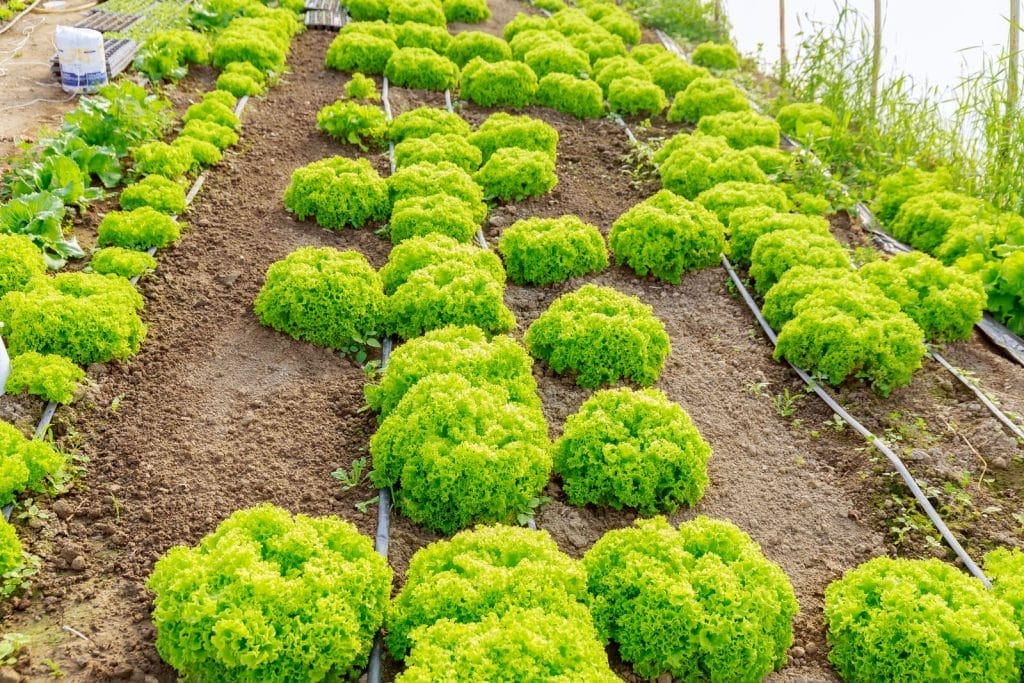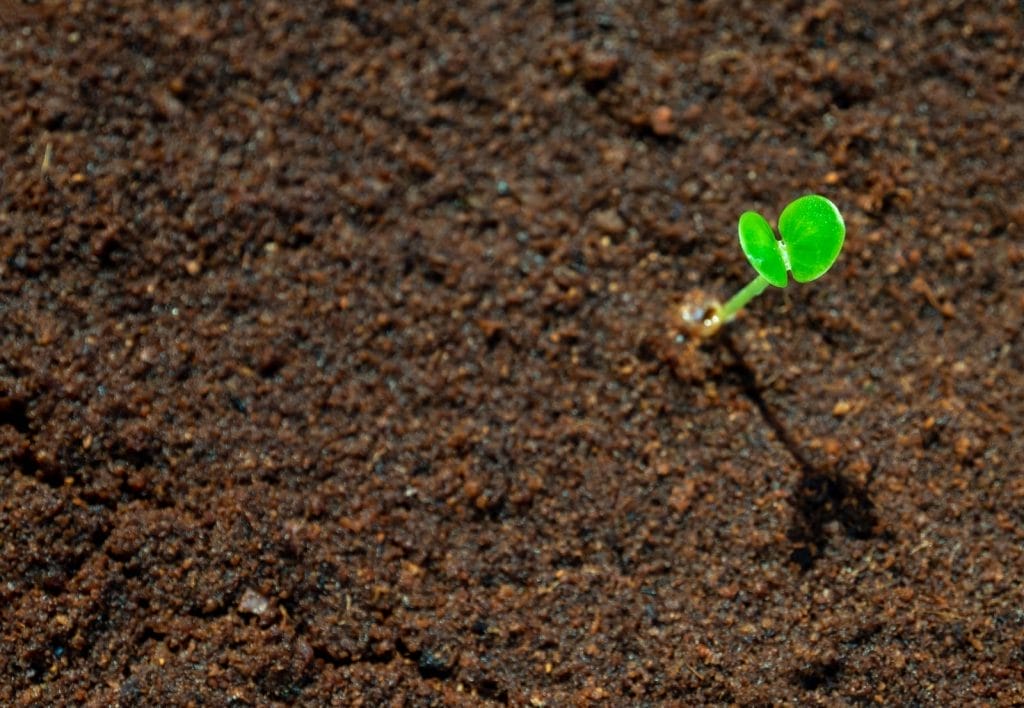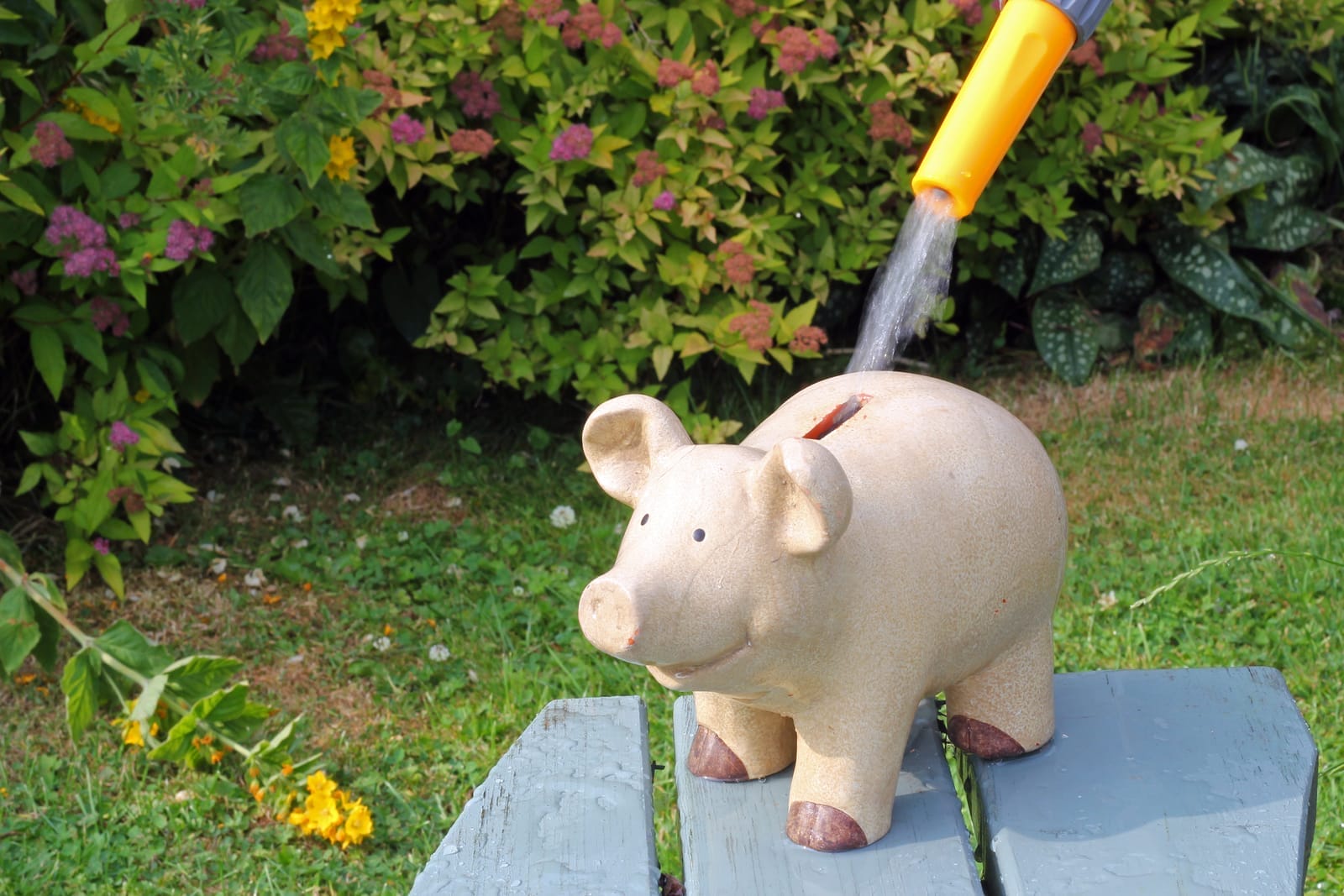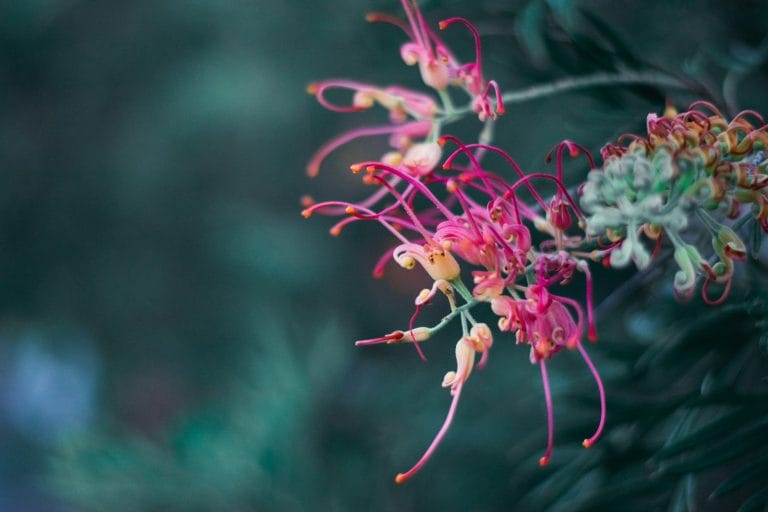Water-wise gardening is something I’ve been curious about—because there is lots of information available, but where to start and what is actually a good tip?
So, I thought, why not find some info about it and share it with you guys!
Techniques like choosing drought-resistant plants, setting up smart irrigation, and using mulch to keep the soil moist are great starting points.
But there’s more to it, like collecting rainwater and improving the soil, to make your garden truly eco-friendly.
So, how do we tailor these strategies to meet the specific needs of our gardens? Let’s talk about making our green spaces both beautiful and water-efficient.
Key Takeaways
- Selecting drought-resistant plants like succulents and sages conserves water and keeps gardens vibrant.
- Drip irrigation systems deliver water efficiently to roots, reducing waste.
- Mulching significantly reduces water loss, ensuring a healthier garden environment.
- Incorporating rainwater harvesting and soil improvement strategies supports garden health and conserves water.
Select Drought-Tolerant Plants
Picking plants like succulents and lavender that don’t need much water can really help your garden drink less.
These plants are pretty clever – they’ve got things like deep roots or can hold onto water, letting them do well even when it’s not raining much.
Adding in other tough plants like yarrow and sages means you’re using even less water and losing less to the air.
This way, your garden stays bright and strong, even when it’s dry out!
Check out this list of drought-tolerant plants to add to your garden:
- Lavender (Lavandula angustifolia): A popular choice for drought-tolerant gardens, lavender is a fragrant herb with beautiful purple flowers. It thrives in full sun and well-drained soil.
- Sage (Salvia officinalis): Sage is another drought-tolerant herb that can be used in cooking. It comes in a variety of colors, including purple, pink, and white. Sage also prefers full sun and well-drained soil.
- Yarrow (Achillea millefolium): Yarrow is a perennial flower that comes in a variety of colors, including yellow, pink, and red. It is a low-maintenance plant that is tolerant of drought, heat, and poor soil.
- Blanket flower (Gaillardia x grandiflora): Blanket flower is a perennial flower with daisy-like blooms in yellow, red, and orange colors. It is a tough plant that can tolerate drought, heat, and poor soil.
- Pineleaf penstemon (Penstemon pinifolius): Pineleaf penstemon is a perennial flower with narrow, green leaves and purple or blue flowers. It is a drought-tolerant plant that prefers full sun and well-drained soil.
- Agastache (Agastache spp.): Agastache is a perennial flower that comes in a variety of colors, including purple, blue, and pink. It is a hummingbird magnet and is tolerant of drought, heat, and poor soil.
- Sedum (Sedum spp.): Sedum is a succulent plant that comes in a variety of shapes and sizes. It is a low-maintenance plant that is tolerant of drought, heat, and poor soil. Sedum can be grown in the ground or in containers.
- Russian sage (Perovskia atriplicifolia): Russian sage is a perennial flower with tall, blue spikes. It is a low-maintenance plant that is tolerant of drought, heat, and poor soil.
- Bush sage (Salvia fruticosa): Bush sage is a perennial flower that comes in a variety of colors, including purple, pink, and white. It is a low-maintenance plant that is tolerant of drought, heat, and poor soil.
- Meadow sage (Salvia nemorosa): Meadow sage is a perennial flower that comes in a variety of colors, including purple, pink, and blue. It is a low-maintenance plant that is tolerant of drought, heat, and poor soil.
These are just a few examples of drought-tolerant plants. There are many other options available, so you can find plants that will suit your specific garden needs and whatnot.
Use Efficient Irrigation Systems

To save a lot of water in your garden, think about getting a drip irrigation system. It sends water directly to the roots of your plants, where it’s needed the most.
This way, you’re not just saving water, but you’re also making sure your plants grow well with less work.
Here’s why drip irrigation is a great idea:
- Super efficient: Drip systems deliver water right to the plant roots, cutting back on water waste in a big way.
- Perfect for rows: If you’re growing veggies in rows, drip tape systems make sure each plant gets just the right amount of water.
- Easily make it your own: You can set up your irrigation system to fit exactly what your garden or potted plants need.
- Easy for anyone: Even if you’re new to gardening, small drip irrigation kits are simple to use and help save water without making things complicated.
Use Mulch

Putting mulch in your garden is a super smart way to keep the soil moist, cutting down on water loss by as much as 70%!
Mulch is awesome because it helps keep water in the soil by covering it up, which means less of it gets lost to the sun and wind.
You can use all sorts of things for mulch, like wood chips, leaves, grass clippings, or even newspaper.
Each type of mulch has its own special way of holding onto water, stopping weeds from popping up, and making sure those pesky weeds don’t steal water from your plants.
Plus, mulch makes the soil even better over time and helps stop it from washing away. So, using mulch is pretty much a win-win for keeping your garden happy and healthy.
How to Design a Water-Wise Landscape
After checking out how awesome mulching is for keeping moisture in, let’s talk about how making your garden water-smart can boost its looks and efficiency too.
- Go for plants that don’t need much water, like succulents and cacti. They don’t need a lot of water to look great, making your garden tough and pretty at the same time.
- Bring in things like rocks, gravel, and paths to creatively cut down on the areas that need watering. This adds a cool look while helping you save water.
- Pick plants that are from your area because they’re used to your local weather. They usually need less water, which means you’ll use less water in your garden overall.
- Use smart watering systems, like drip irrigation, that get water right to where your plants need it at their roots. This makes sure not a single drop is wasted and cuts down on water use.
How to Harvest Rainwater
To harvest rainwater effectively:
- Check Local Regulations: It’s important to check local regulations because some areas may have specific rules or permits required for rainwater harvesting. These regulations could relate to water rights, safety, or environmental concerns. Make sure you are compliant, you will avoid potential fines or legal issues. Or don’t get caught, that might work too!
- Select a Fitting Collection Method: Choose a method like a rain barrel or tank based on your space and needs. Rain barrels are easy to install and suitable for smaller-scale harvesting, while tanks are better for larger volumes.
- Install Gutters and Downspouts: Gutters and downspouts channel rainwater from the roof to your collection system. Proper installation ensures efficient water flow and prevents water damage to your property.
- Add a Filter: Installing a filter removes debris and contaminants from the collected water, improving its quality for various uses like watering plants or cleaning.
- Connect Collection System: Connect your chosen collection system to the downspouts using a diverter or piping. This ensures rainwater is effectively directed to your storage container.
- Manage Overflow: Install overflow outlets to prevent flooding and redirect excess water away from your property. Proper overflow management safeguards against potential damage.
- Maintain System Cleanliness: Regularly clean gutters, filters, and storage containers to prevent clogs and maintain water quality. This ensures the harvested water remains suitable for its intended uses.
- Use Harvested Water: Utilize the harvested rainwater for tasks like watering gardens, washing vehicles, or flushing toilets. This reduces reliance on municipal water sources and conserves resources.
How to Improve Your Soil

Boosting your garden’s soil with compost and bits of organic stuff not only makes your plants happier but also helps a lot with saving water. Here are four easy tips to make your soil better:
- Keep adding compost: This trick helps the soil hold on to water better and lets water flow through easily, giving your plants a great place to grow.
- Mix in organic matter: Really important for keeping the soil in top shape, making it tough against dry spells and better at holding onto water.
- Put mulch around your plants: Mulch keeps the water from evaporating too fast and keeps those pesky weeds away, which means more water for your plants.
- Keep at it with the soil health: Making your soil healthy is something you gotta keep doing. It’s a big deal for saving water in your garden over time.
Use Native Plants
Using native plants into your garden brings a bunch of cool benefits that are good for the local climate and soil.
This means you won’t have to water them as much and they don’t need a lot of looking after. Here are four big perks:
- Save Water: Native plants feel right at home in local conditions, so you don’t have to water them extra.
- Help Local Wildlife: Native plants are like a welcome sign for local animals, helping them thrive and keeping nature in balance.
- Boost Biodiversity: By choosing native plants, you’re giving a helping hand to the variety of life in your area, which is super important for keeping things running smoothly.
- Strong Roots: Their deep roots are great at stopping soil from washing away and they help water soak into the ground better, which means you end up using less water.
Frequently Asked Questions
How to Save Even More Water?
Well, you could consider a “dry garden”. In a dry garden, you’ll find plants that are tough enough to thrive in arid conditions, like succulents and shrubs that can handle drought.
Will Vertical Gardening Also Help Save Water?
Yes, vertical gardening helps save water. When you grow plants vertically, you use less soil, so they need less water to stay hydrated. Plus, vertical structures help with drainage, so water isn’t wasted. It’s a great way to conserve water while still having a beautiful garden in small spaces.


